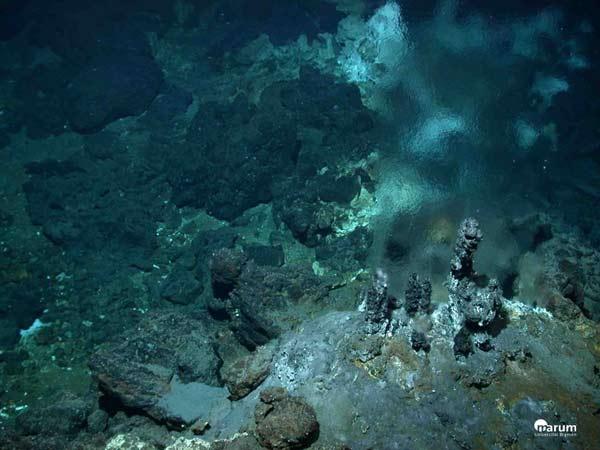Deep-Sea Vent Life Not Living Fossils


Deep in the ocean, bizarre creatures colonize deep-sea hydrothermal vents, where boiling water laden with minerals builds otherworldly towers.
The animals and bacteria thrive on chemicals and live without sunlight, an ecosystem separate from life on land. When they were first discovered in the 1970s, scientists suggested the hydrothermal vent systems might be living fossils, untouched by surface events for hundreds of millions of years.
But genetic evidence suggests the modern versions of these strange life forms arose only after the last mass extinction on Earth, when a giant meteor impact killed the dinosaurs 65 million years ago. The first vent animals appeared 500 million years ago.
"We can't assume that these things are protected from what's happening at the surface of the planet," Bob Vrijenhoek, a biologist at the Monterey Bay Aquarium Research Institute, said in a statement. "They are every bit as susceptible as the surface organisms."
Vrijenhoek suggests that extreme global events could have shifted deep ocean chemistry enough to disrupt the chemical reactions bacteria rely on to convert vent chemicals into food. [Video: Seafloor Chimneys Teem With Life]
New species of common vent animals, including worms, mussels and snails, also appeared after a sudden global warming 55 million years ago, Vrijenhoek said. The study relied on a few fossil animals, identifying the genetic differences between related species.
The findings were published online in the December 2012 issue of the journal Deep Sea Research Part II: Topical Studies in Oceanography.
Get the world’s most fascinating discoveries delivered straight to your inbox.
Email Becky Oskin or follow her @beckyoskin. Follow us @OAPlanet, Facebook or Google +. Original article on LiveScience's OurAmazingPlanet.



